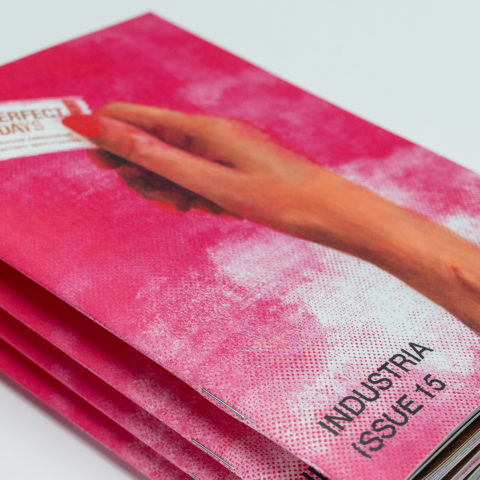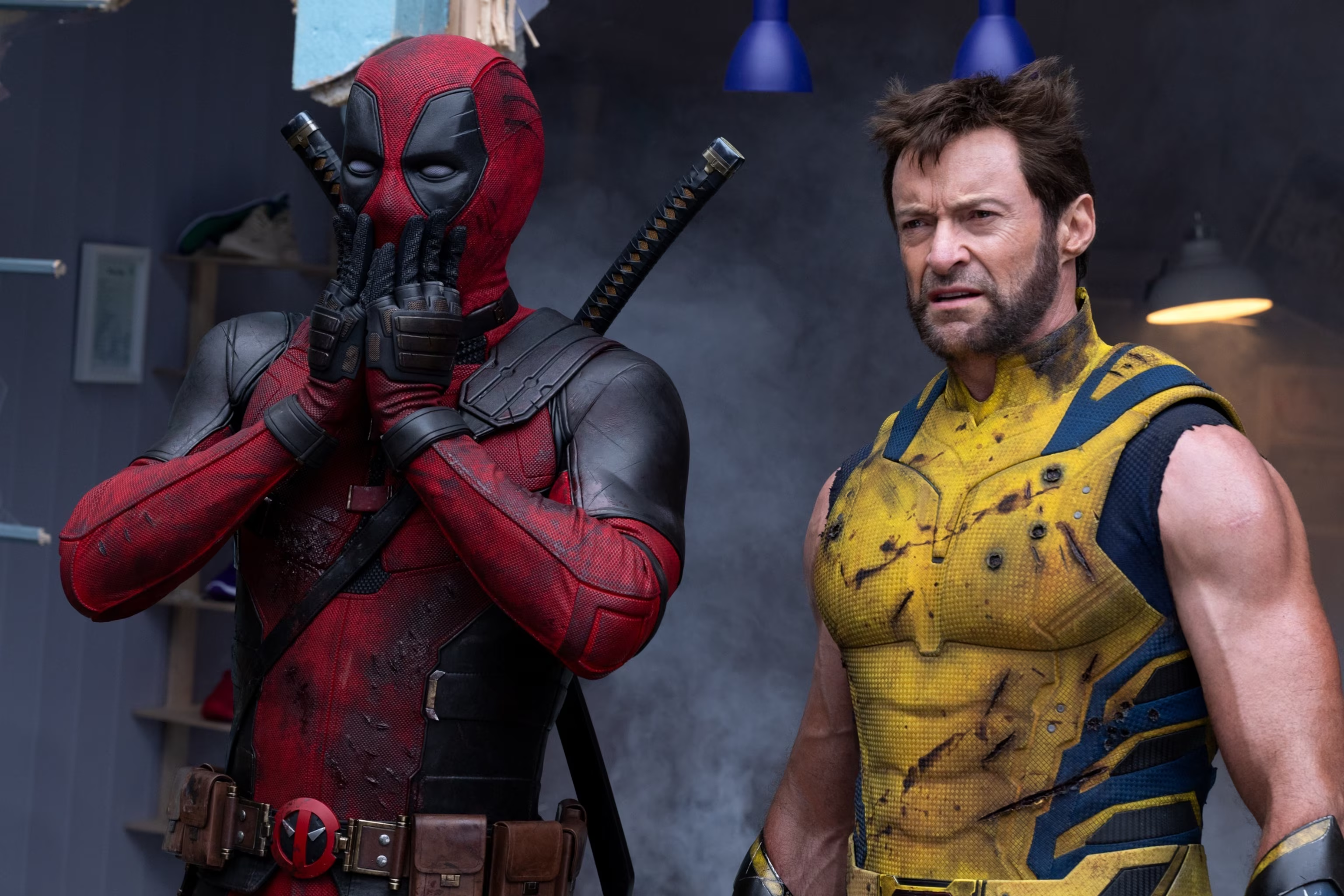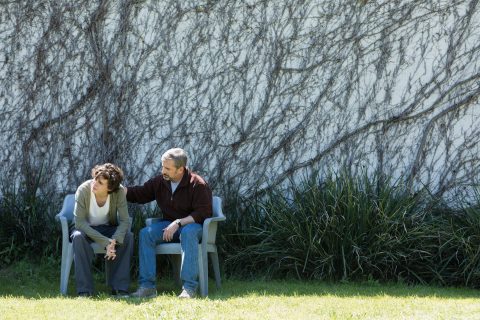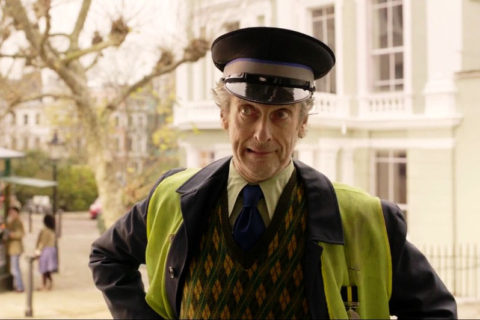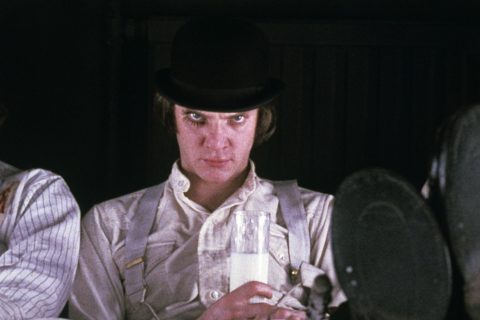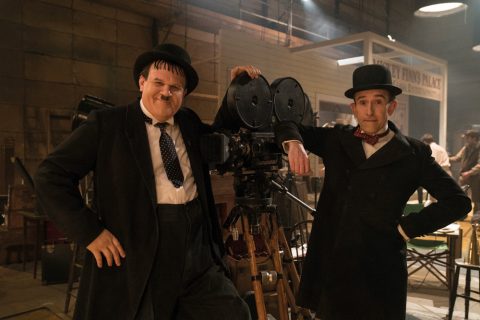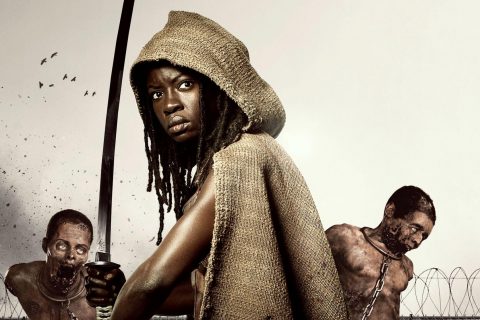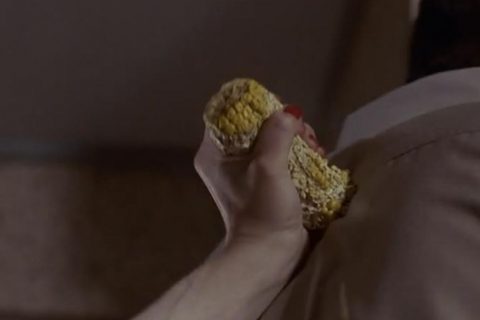Zodiac
“I am not the Zodiac. And if I were, I certainly wouldn’t tell you.”
2007 thriller Zodiac directed by David Fincher, who turns 58 today, is a tense and gripping portrayal of the real-life killing spree that plagued San Francisco in the late ’60s and early ’70s. Fincher brings his eye for detail and ability to create a sense of time and place with his mesmerising film that apes the best bits from All The President’s Men and leaves you on the edge of your seat. Jake Gyllenhaal excels as the obsessive Robert Graysmith looking to crack the killer’s code, Robert Downey Jr. is on killer form as cocky journalist Paul Avery, and Mark Ruffalo plays real-life inspiration for Dirty Harry, Dave Toschi, tasked with stopping the slayings (who loves animal crackers!). One of Fincher’s best, the film leaves you agonising for more by the end.
But did you know…
1) Fincher considers the Zodiac killer the ultimate bogeyman. He was eleven years old living just North of San Francisco when the killings started. “I have a handful of friends who were from Marin County at the same time, the same age group, and they’re all very kind of sinister, dark, sardonic people. And I wonder if Zodiac had something to do with that.”
2) While the movie is primarily based on the books Zodiac and Zodiac Unmasked by Robert Graysmith, Fincher and the production team conducted their own research into the mystery; interviewing witnesses, investigators and family members of suspects. However, they refused to use any material that could potentially be compromised, and only included whatever they could find proof of in police reports. “There’s an enormous amount of hearsay in any circumstantial case, and I wanted to look some of these people in the eye and see if I believed them.”
3) Zodiac was one of the first feature films primarily shot on digital cameras, apart from a few slow-motion murder sequences, which were shot on traditional high-speed film cameras. Zodiac was also one of the first big-budget flicks to be cut using inexpensive, publicly available editing software Final Cut Pro. What drew Fincher to shooting digitally was the speed at which he was able to review footage: “I didn’t like waiting until the next day to see what I had shot.”



